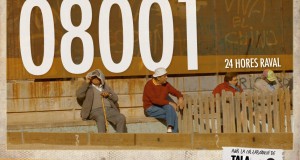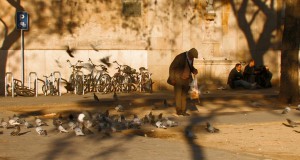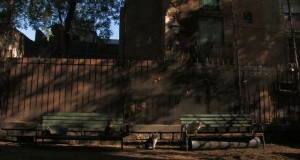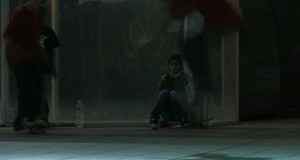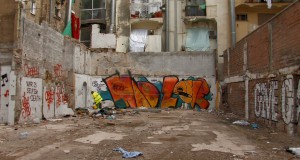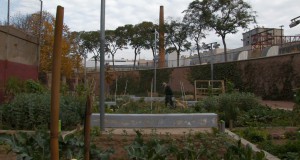08001
The goal of this documentary is to give a kind of snapshot of people’s lives in the neighborhood of Raval in Barcelona on a normal day in wintertime in 2009.
The idea was to accompany people with very distinct points of view through their everyday lives. All of these stories combine as part of one day in Raval, in which the camera changes situation and thus perspective over time, also meeting people to accompany and follow them on part of their daily route, observing and listening to their impressions of daily life in the neighbourhood.
Filmed in collaboration with Miguel Anton Malo, supported with a scolarship of the German Academic Exchange Service DAAD and produced by Talatala Filmakers. The film was premiered at the Filmoteca de Catalunya in Barcelona, and screened in spanish televison channel TV3 and has been shown at festivals and conferences about urban planning and gentrification.
.
Role
Conception, CoProduction, Direction, Light, Camera, Edit, Postproduction, Sound
Setting
08001 is the postal code of the Barrio of Raval, in Barcelona, in Catalonia, in Spain.Barcelona is one of the new meccas of european culture; a city with 1,6 million habitants, it has a huge cultural output compared with its physical size.
In this vibrating capital a distinct microcosm in its center stands as a unique symbol for its mixture of global flair, and real and virtual migration. The Raval is a well-defined district, having once housed the city walls, and being now the most transformed neighbourhood of the city. It consolidated its claim as an industrial nucleus during the 19th century, began life in the 20th century not only as the breeding ground of the emerging trade union movement but also as one of the most densely populated areas of the city, with an advanced state of degradation. A torturous network of narrow streets close to the port housing the poorest strata of society, emigrants and prostitutes who earned their living in the neighbourhood so-called Barrio Chino. In the 80`s the area was the subject of an elaborate and ambitious urban plan, the PERI, by the city`s administration. The project involved the compulsory purchase of lands, the construction of new housing to accomodate the affected families and the demolition and remodelling of existing buildings. Even though the project was the cause for much protest, the area has come to permit a certain coexistence, combining its inherited poverty with artist studios, private art galleries, commercial offices,the University, the newly opened Museum of Contemporary Art (MACBA), and Barcelona’s Centre for Contemporary Culture (CCCB). The Barrio is famous for its high output in music, multimedia, art, design, arcitecture and theater, influenced by the different cultures coming together in Raval. The inhabitants, from europe, africa, south america, and asia, live here side by side, in a mix of tradition and progress. Nowadays tourism is a rapidly growing phenomenon here, with the rent increasing rapidly, bringing to light the inevitable processes which are part of one of the poorest neighboorhoods in Barcelona becoming one of the wealthiest.Go To Top
Style
The cinematic design is to be clearly distinguishable and stand out from a classic reportage or documentary film style.The film does not follow a story in the classical way, it does not use any interviews, a narrative voice or music which is not part of the ambience in the image. Instead the camera is observing simple situations in the daily life in the Raval neighbourhood, following its habitants as a silent observer in their ordinary life. Subtitles are avoided in the film; instead the viewer finds himself observing simple routine from different perspectives as if he were precisely on location, encountering the usual cloud of conversation as it occurs on the street.
Stills
Preview

